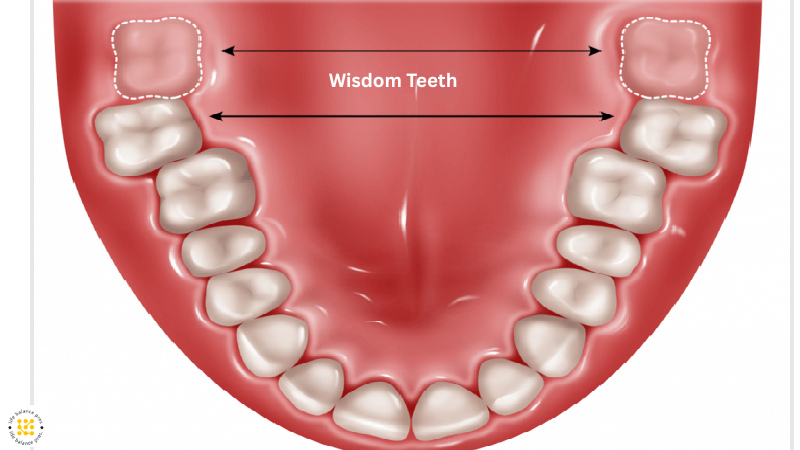Introduction: Understanding the Unexpected Pain
You had a cavity filled months ago, and everything seemed fine.
But now, out of nowhere, that same tooth is throbbing—or—zinging with pain when you drink coffee or bite into something cold.
What’s going on? Is this normal? Should you be worried?
This article explores why your tooth filling might hurt after months, what causes it, how to treat it, and when to get professional help.
Why Does My Tooth Filling Hurt After Months?
Tooth fillings are meant to restore the function and integrity of a tooth.
However, experiencing pain months after the procedure can be perplexing.
Several factors might contribute to this delayed discomfort, and understanding them is crucial for effective management.
6 Common Reasons Your Tooth Still Hurts Months After a Filling
1. Lingering Pulpitis (Nerve Inflammation)
If your cavity is deep and close to the tooth’s nerve, the dental filling might irritate the pulp (the inner part of the tooth).
This can cause lingering sensitivity or throbbing pain that lasts for weeks or months.
In some cases, the nerve may take time to heal, but if the pain worsens, it could indicate pulpitis (nerve inflammation), which may require further treatment.
2. Bite Misalignment
An uneven filling can prevent your teeth from correctly fitting together when you bite or chew.
Incorrect bite alignment can pressure the affected tooth, leading to discomfort or sensitivity.
This issue can often be resolved with a simple adjustment by your dentist.
3. Cracked, Leaking, or Loose Filling
Over time, fillings can wear down or shift, leading to microleaks that allow bacteria to reach the tooth pulp.
This can result in sensitivity or pain.
According to the American Dental Association (ADA), a damaged filling can allow decay to develop underneath it, compromising the tooth’s health.
Regular dental check-ups can help identify and address such issues early.
4. New or Recurrent Decay Under the Filling
Cavities can form under or around old fillings, especially if oral hygiene is inconsistent.
This decay can irritate the nerve inside the tooth, leading to pain and discomfort.
Maintaining good oral hygiene and regular dental visits are key to prevention.
5. Allergic Reaction to Filling Material
Though rare, some individuals may be allergic to the materials used in fillings, such as certain metals or resins.
Symptoms can include burning, redness, or pain.
If you suspect an allergy, consult your dentist for alternative materials.
6. Teeth Grinding (Bruxism)
Grinding your teeth, often during sleep, can cause the filling or the tooth to crack, leading to pain.
A dentist can provide a night guard to protect your teeth from grinding.
Is It Normal for a Tooth Filling to Hurt After Months?
Some sensitivity after a filling is common and typically subsides within a few days to weeks.
However, persistent or severe sensitivity months after the procedure is not typical and may indicate underlying issues such as nerve irritation, an allergic reaction, or bite misalignment.
If you experience extreme pain or discomfort, it’s essential to consult your dentist.
How to Relieve Tooth Pain After a Filling at Home (Short-Term Fixes)
While awaiting a dental appointment, you can try the following to alleviate discomfort:
- Desensitizing Toothpaste: Use toothpaste for sensitive teeth to help calm irritated nerves.
- Warm Saltwater Rinse: Rinse your mouth with warm Saltwater to reduce inflammation and kill bacteria.
- Avoid Trigger Foods: Steer clear of hot, cold, or sugary foods that can exacerbate sensitivity.
- Over-the-Counter Pain Relievers: Medications like ibuprofen or acetaminophen can help reduce discomfort.
- Cold Compress: Apply a cold compress to the outside of your cheek to numb the area and reduce swelling.
Want more expert tips? The Cleveland Clinic provides detailed advice on managing tooth pain at home and when to seek help.
Note: These are temporary measures. A dental professional should evaluate persistent pain.
When to See a Dentist for Tooth Pain After a Filling
Seek professional dental care if you experience:
- Persistent Pain: Pain that lasts longer than 48 hours or worsens over time.
- Pain When Chewing: Discomfort when biting down or chewing food.
- Swelling or Discharge: Swelling around the tooth or jaw or any discharge indicating infection.
- Sensitivity to Heat or Sweet Foods: Heightened sensitivity that doesn’t subside.
- Visible Cracks or Discoloration: Any noticeable changes in the filling or tooth structure.
Early intervention can prevent more serious dental issues and preserve your oral health.
Can a Tooth Filling Be Redone? Here’s What to Expect
Yes, dentists often replace or redo fillings if they’re failing. The process typically involves:
- Assessment: Your dentist will examine the tooth and may take X-rays to determine the extent of the issue.
- Removal of Old Filling: The existing filling is removed to assess the underlying tooth structure.
- Treatment of Decay: If decay is present, it’s cleaned out before placing a new filling.
- Placement of New Filling: A new filling material is applied and shaped to restore the tooth’s function.
Additional treatments, such as a root canal or crown, may be necessary in severely damaged teeth.
Conclusion: Take Action for Your Dental Health
If your filled tooth is causing pain months later, don’t ignore it.
Persistent or worsening pain can indicate underlying issues that require professional attention.
Takeaway: Listen to your body. Pain is a signal that something isn’t right.
Call to Action: Schedule an appointment with your dentist as soon as possible to address the issue and maintain your oral health.




